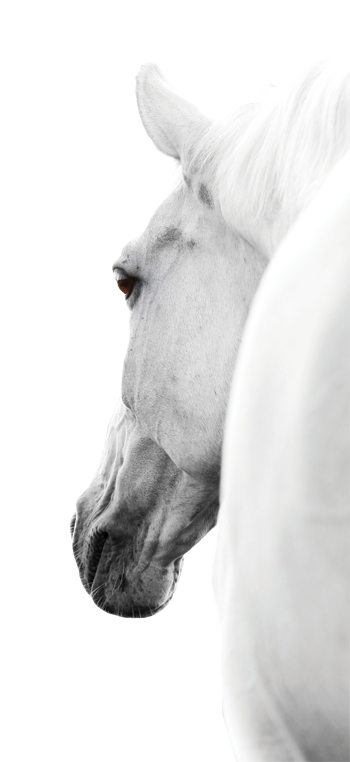Physiotherapy can help in the management of:
Rehabilitation following muscular and skeletal injuries, Rehabilitation post-surgery, Pain relief, Arthritis, Tendon and ligament injuries, Orthopaedic injuries, Neurological diseases, Muscle wastage, Poor movement and mobility issues, Skin infections or injuries.
Physiotherapy aims to restore and maintain:
Function, Mobility, Performance, Helps to relieve pain and discomfort.
Treatment techniques:
Massage, Range of movement exercises, both passive and active, Physiotherapy equipment; pulsing electromagnetic field therapy, red & blue light phototherapy, Professional advice on ways to assist with treatment including suggestions for exercise plans, management of daily routine and diet.

Animal Physiotherapists will obtain veterinary referral or veterinary consent before carrying out assessment and treatment. This is a legal requirement of the Veterinary Surgeons Act 1966 in order to protect your animal.
What a typical session involves, assessment and treatment
The patient must be handled by his/her owner or a competent handler appointed by the owner, Please ensure that the patient is clean and dry, Please ensure that you have any tack or handling equipment readily available.
The patient must be handled by his/her owner or a competent handler appointed by the owner, Please ensure that the patient is clean and dry, Please ensure that you have any tack or handling equipment readily available.
Ideally, we require a hard flat surface where we may assess the patient in standing and assess walk and trot on a straight line. A stable or shelter with a flat dry surface is the safest environment for treatment to be performed for a horse. The equine patient will require a minimum of 48 hours from exercise. Please check if you have any prior engagements or competitions this may affect.
As part of the assessment we will:
Take a full detailed history of your animal and the current problems. The first session will be longer to allow for your animal to become familiar with myself and for all necessary information to be taken.
Assess the animal in stance for muscle balance and body conformation. Perform a full gait analysis on a hard level surface at walk and trot. Also on a tight circle at walk and reining back in the equine patient if necessary. Assessment of the horse on a lunge or under saddle may be performed if appropriate. Perform a full palpatory assessment for muscle spasms, changes in temperature, muscle tone, swelling and pain.
Massage and manipulation of specific areas requiring treatment and assess the range of movement of the spine and limbs. Agree treatment goals and a treatment and rehabilitation plan with the owner. If necessary a patient tailored rehabilitation programme can be designed. Arrange follow-up treatments as required. This first physiotherapy session will take approximately 45-60 minutes, possibly longer for a horse.
Treatments may include:
Manual Techniques for joints and soft tissues, Movement Rehabilitation with range of movement exercises, Proprioceptive / balance rehabilitation, Phototherapy with blue and red light, Pulsing electromagnetic field therapy.
Post Treatment Advice:
Please ensure that the patient remains quiet for 48 hours following treatment. Your physiotherapist will advise you on how long you are recommended to avoid ridden exercise in the equine patient. Contact your physiotherapist if you feel your animal has experienced any adverse effects as a result of their treatment.
The Veterinary Surgery (Exemptions) Order states that: -
1. The Veterinary Surgery (Exemptions) Order 1962 allows for the treatment of animals by 'physiotherapy', provided that the animal has first been seen by a veterinary surgeon who has diagnosed the condition and decided that it should be treated by physiotherapy under his/her direction.
2. 'Physiotherapy' is interpreted as including all kinds of manipulative therapy. It therefore includes osteopathy and chiropractic but would not, for example, include acupuncture or aromatherapy.

Photo 1- Palpating along the back to feel for areas of stiffness and muscle spasms followed by feeling the whole body for heat and lumps.
Photo 2- Treating the patient with red light phototherapy, which helps to increase vasodilation and also helps to warm the muscles up in preparation for massage.
Photo 3- Massaging specific areas of the body to treat a condition or a full body massage to relieve aches and pains. When required whilst massaging the patient they can lie on the pulsing electromagnetic field therapy mat, which helps to improve the blood supply, quality of cartilage in joints and relieve pain. It can also be placed over a specific area of the body if the patient is reluctant to lie down.
Photo 4- Range of motion exercises to reduce stiffness and improve mobility of joints.


